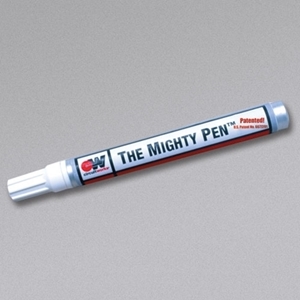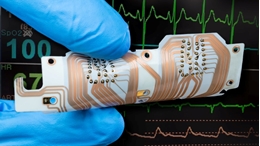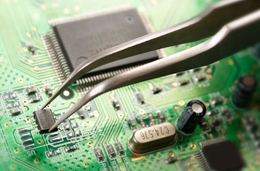
TDS
SDS (GHS)
CircuitWorks The Mighty Pen
The Mighty Pen® is ideal for precise removal of label adhesives, marker and ink stains, and conformal coating from printed circuit board. The unique marker tip dispenser provides controlled and exact application.
The Mighty Pen® allows for quick, convenient and precise spot removal of ink, label adhesive, conformal coating and most stubborn to remove soils. The solvent evaporates quickly and provides low surface tension for superior wetting.
Features & Benefits
- Outstanding cleaning ability
- Marker dispenser provides controlled and exact application
- Mild citrus aroma
- US Patent 6,677,292 and 6,677,293, and other foreign patents
Applications
- General purpose cleaning and refurbishing of equipment
- Removes ink stains, label adhesives, and difficult to remove soils
| Shelf Life | 5 yrs. |
|---|---|
| Shipping Name | Consumer Commodity ORM-D |
| Specs | ANSI/IPC J STD-001, IPC-7711 |



